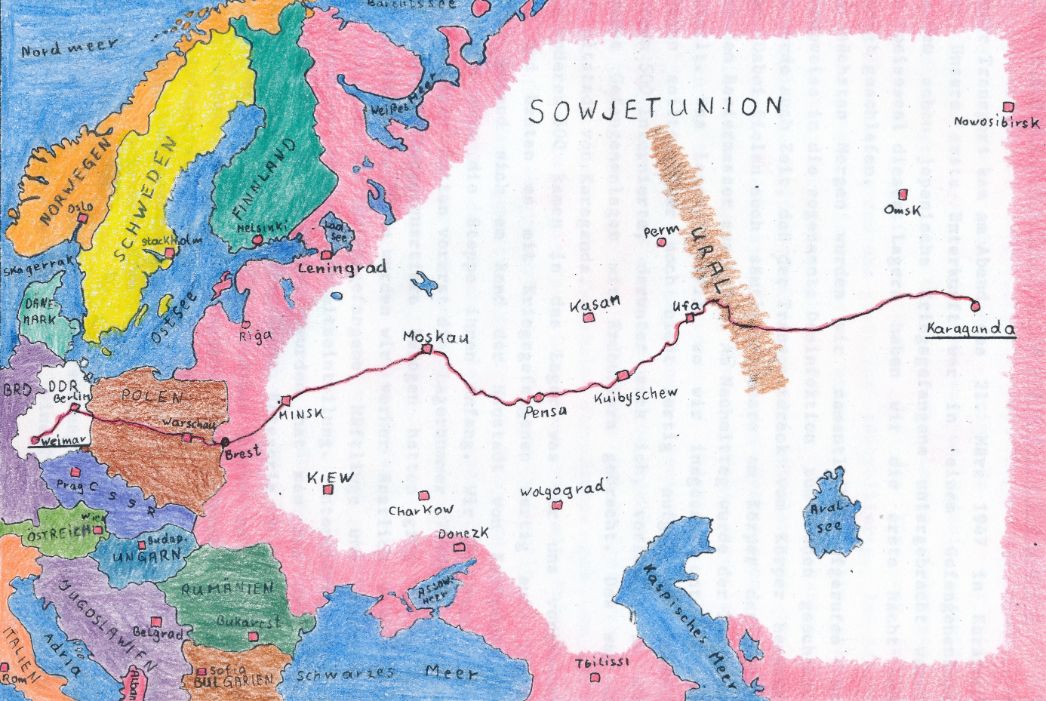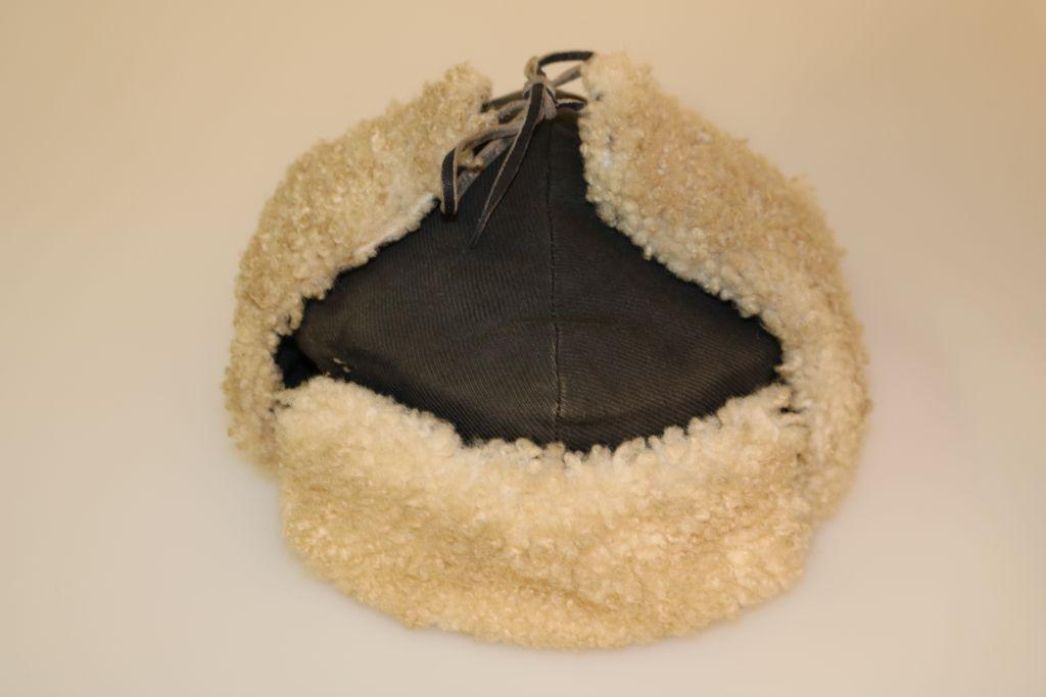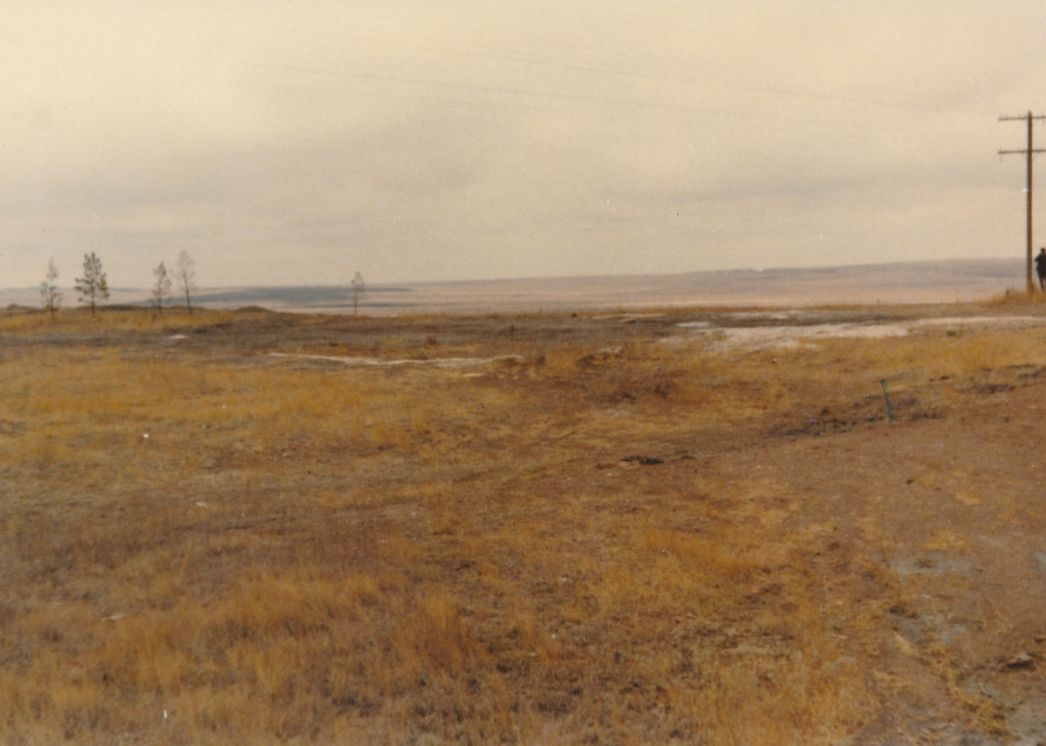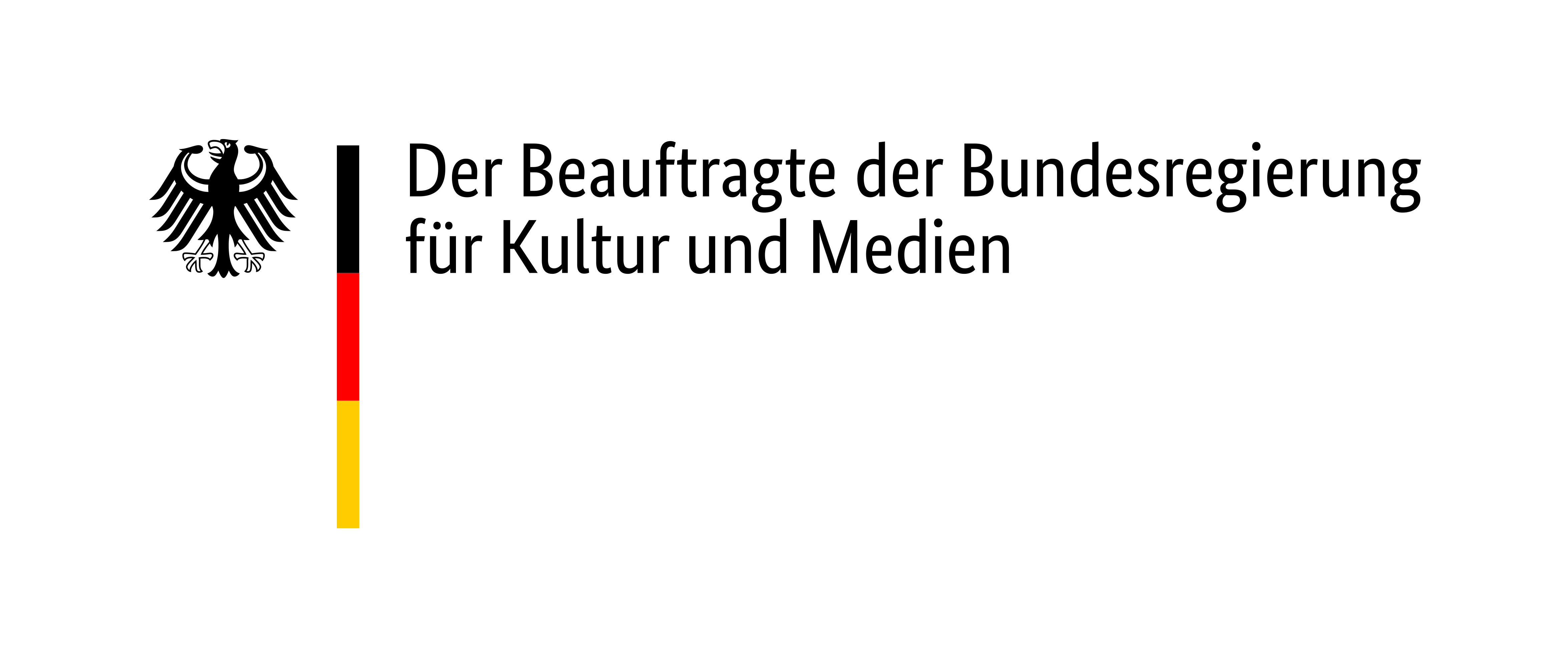

“Equipped” with wooden bowls and wooden spoons, we were then led to the camp's railway station. Freight cars were waiting there. They were equipped with double-decker wooden bunks for 48 people and a potbelly stove. The narrow window hatches of the cars were secured with barbed wire from the outside. For toilet purposes, a narrow wooden chute that could be closed with a wooden slider was installed next to the car door."
Report by two former internees, Rudolf Butters and Herwarth Metzel, on their transport to Karaganda, 2004.
(Rudolf Butters und Herwarth Metzel, Jedem das Seine. Von Buchenwald nach Kasachstan – ein Tatsachenbericht, Selb-Oberweißenbach 2004)

Fur hat of Günther Ochs, arund 1947. ©Buchenwald Memorial
The prisoners were given new clothes for their transport to the Soviet Union, including fur hats. These gave the transport its nickname: the “Fur Hat Transport.”

The former prisoner Rolf Hohlfeld, who was transferred from Buchenwald to Karaganda in 1947, traveled to the Soviet Union in the 1980s. During his trip, he visited the Karaganda region and photographed his surroundings.

